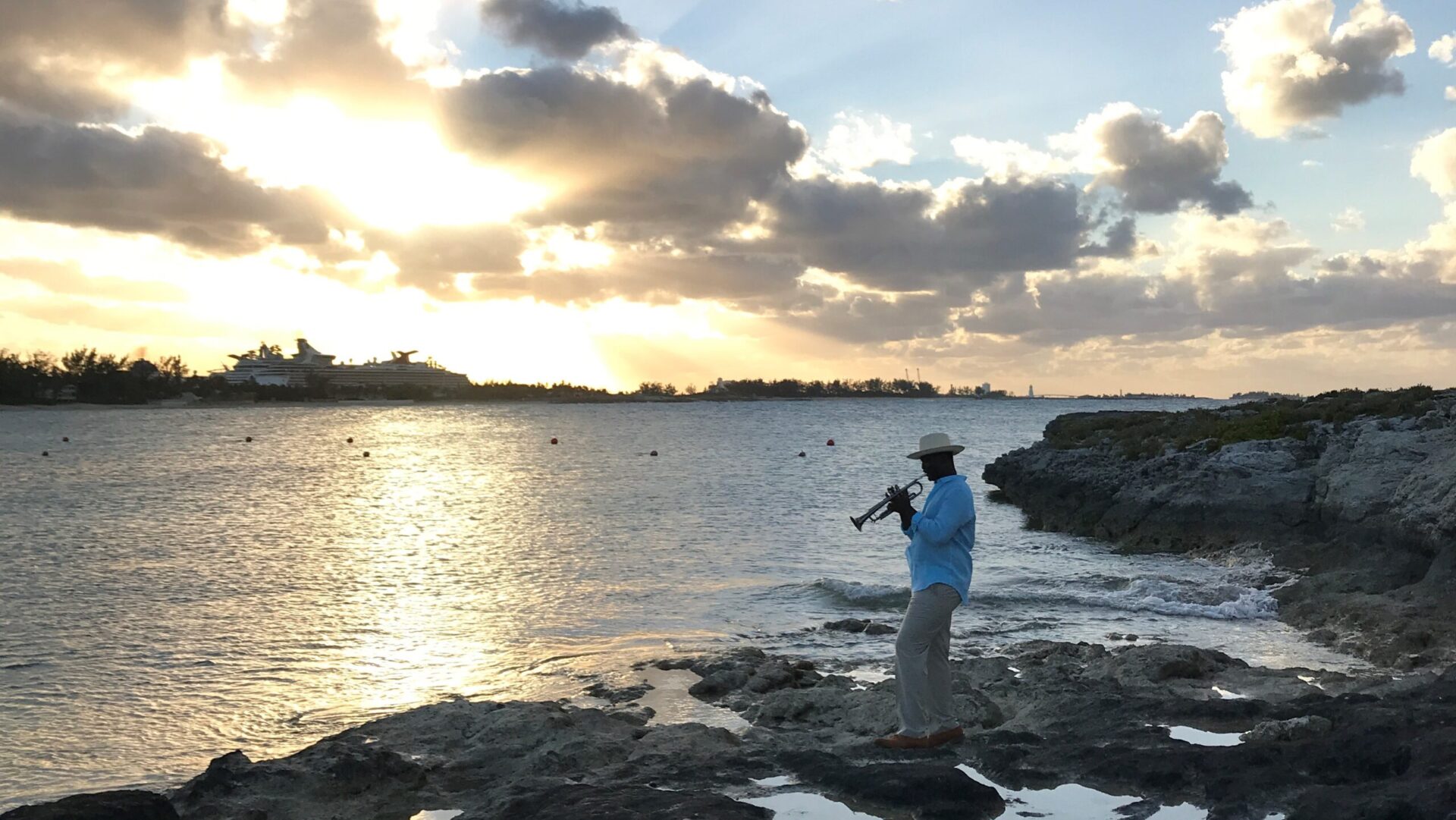My understanding of Modes is they are the usage of keys when the sound doesn’t fit within the normal range of Major or Minor varieties, but the modes do contain the Major and Natural Minor scales.

I Don’t Play Like My Aunt Linda
It’s just a fact of life that some things are easier learned when you make them into catchy phrases. My phrase for remembering the modes is “I don’t play like my aunt Linda!” This is called mnemonics, but that’s not why we’re here.
There are seven modes for each scale. Each mode starts on a scale degree.
The modes are:
- Ionian
- Dorian
- Phrygian
- Lydian
- Mixolydian
- Aeolian
- Locrian
It is interesting to note that although Major and Minor scales are more popular there was a fierce battle during the 18th century over whether Modes or the more modern Major and Minor Scales were better. Before this time, Modes were a la mode, but we can all tell which side won the battle.
Despite modes being pushed aside they are VERY IMPORTANT in the world of Jazz. It was said that most Jazz musicians know their theory – especially the modes – inside out even if they can’t fully express their knowledge of the material verbally.
Modal Tonalities
Modes all have their unique sound.

Ionian
The Ionian is the infamous Major Scale incarnate. They are one and the same.
Dorian
The Dorian mode starts on the second degree of a Major Scale. Dorian features the minor 3rd and the minor 7th.
Phrygian
The Phrygian mode begins on the third degree of the corresponding Major Scale. The Phrygian sound has a raised 4th.
Lydian
The Lydian mode begins on the fourth degree of the corresponding Major Scale. The Lydian sound has an augmented 4th.
Mixolydian
The Mixolydian mode begins on the fifth degree of the corresponding Major Scale. The Mixolydian sound has a minor 7th.
Aeolian
The Aeolian mode begins on the sixth degree of the corresponding Major Scale. This is the same as the Natural Minor Scale. The Aeolian sound has a minor 3rd, 6th and 7th.
Locrian
The Locrian mode begins on the seventh degree of the corresponding Major Scale. The Locrian mode is also called Half Diminished. The 2nd, 3rd, 5th, 6th, and 7th are all flattened in this tonality.
Demonstration of Modes of D Major
To demonstrate the sounds of these tonalities, I played them all with the base scale of D Major.
